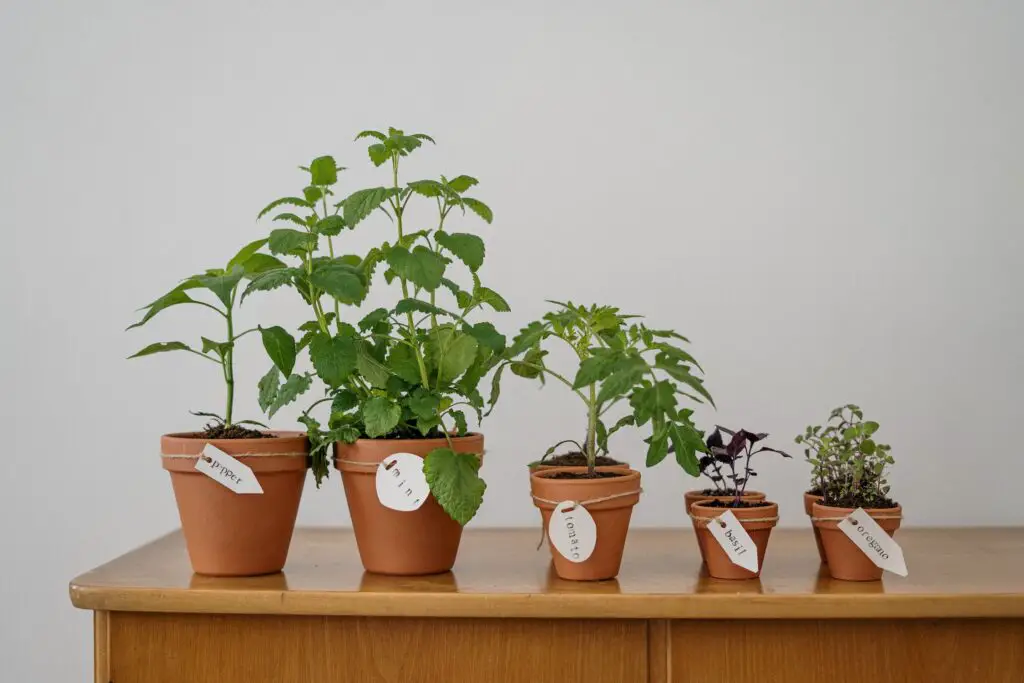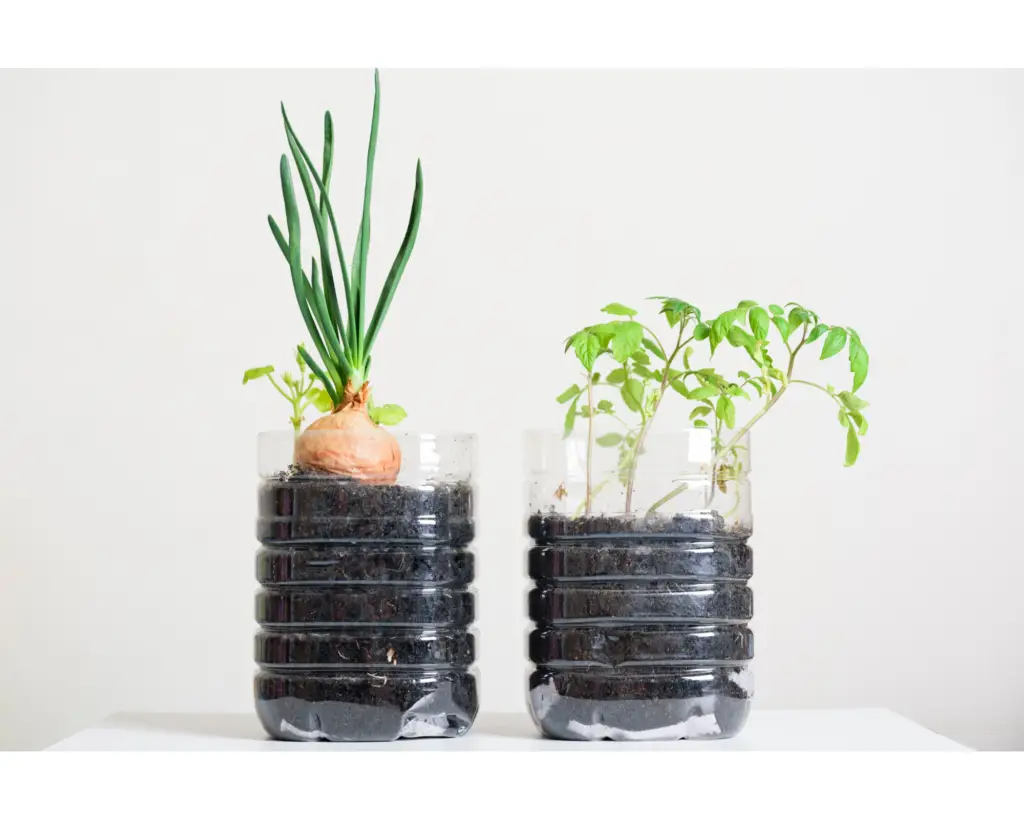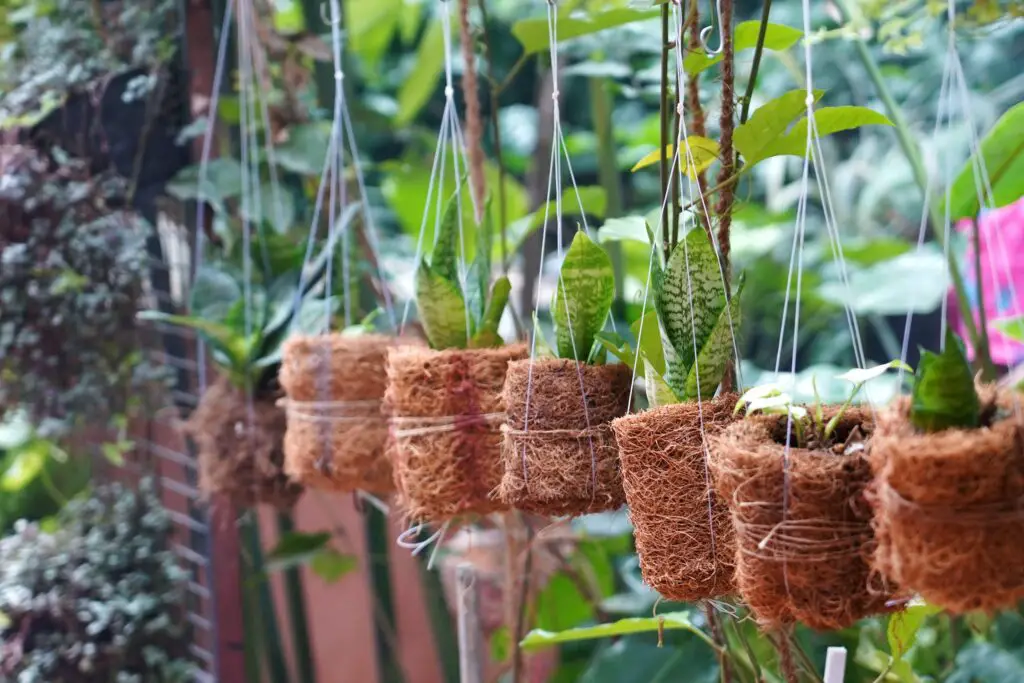Indoor gardening has gained immense popularity as an enjoyable and fulfilling hobby, enabling individuals to bring nature’s beauty into their homes. An essential element of successful indoor gardening is selecting the right plant boxes, as they provide a suitable environment for plants to thrive. From traditional clay pots to innovative self-watering containers, the choices are diverse. In this article, we will explore various types of plant boxes for indoor gardening, discussing their features, benefits, and considerations. Whether you’re a seasoned indoor gardener or just starting, understanding the different options will help you make informed decisions for your green oasis.
Table of Contents
Selecting the type of Plant Boxes
When selecting plant boxes, it’s essential to consider factors such as drainage, moisture retention, aeration, durability, and aesthetic appeal. Additionally, the size of the container should be appropriate for the plant’s root system and growth potential.
Remember to prioritise the health of your plants by ensuring proper watering, monitoring soil moisture, and providing adequate light and nutrients. Regular maintenance, such as repotting and cleaning, will also contribute to the overall success of your indoor garden.
Embrace the beauty and benefits of indoor gardening by exploring the various types of plant boxes available. With the right containers, you can create a thriving and visually appealing green sanctuary within the comforts of your home.
Clay Pots
Clay pots are among the oldest and most traditional containers for indoor gardening. These porous pots allow the roots to breathe and promote proper drainage, preventing overwatering. Available in various sizes and shapes, clay pots offer aesthetic appeal and stability. However, they require careful watering due to their porous nature, and frequent repotting may be necessary as plants grow. It’s essential to choose a pot with drainage holes to prevent waterlogging.

Plastic Containers
Plastic containers are lightweight, durable, and widely used for indoor gardening. They come in various sizes, colours, and styles, making them a versatile choice. Plastic pots retain moisture better than clay pots, reducing the frequency of watering. They are also less prone to breakage, making them a practical option for homes with children or pets. However, proper drainage is crucial, as excessive water retention can lead to root rot. Additionally, plastic pots may not provide the same aesthetic appeal as other options.

Self-Watering Containers
Self-watering containers have gained popularity among busy individuals or those prone to forgetful watering habits. These innovative plant boxes feature a reservoir that holds water, allowing plants to draw moisture as needed through capillary action. Self-watering containers provide a consistent water supply, reducing the risk of overwatering or underwatering. This feature is particularly beneficial for plants with specific moisture requirements. Moreover, self-watering containers often come with indicators that show the water level, simplifying watering management. However, they tend to be more expensive than traditional pots, and certain plants may not thrive in such containers due to their unique water needs.
Hanging Baskets
Hanging baskets are an excellent option for adding a touch of elegance and greenery to indoor spaces. These suspended plant boxes come in various materials such as plastic, woven fibers, or decorative metal. Hanging baskets are ideal for trailing plants or those with cascading foliage, creating a visually appealing display. They save space, making them suitable for small apartments or areas with limited floor space. Adequate drainage is essential for hanging baskets to prevent water from accumulating at the bottom, and regular monitoring of soil moisture is necessary due to the increased exposure to air and potential for faster drying.
Grow Bags
Grow bags have gained popularity in recent years due to their versatility and convenience. Made of fabric or synthetic materials, these lightweight and breathable containers provide excellent aeration to the roots. They prevent root circling and promote better nutrient absorption. Grow bags are available in various sizes and shapes, accommodating a wide range of plants. Their flexibility makes them suitable for both indoor and outdoor use. They are also easy to store when not in use. However, grow bags may require additional support to prevent toppling, and the fabric may degrade over time, requiring occasional replacement.
Conclusion
Choosing the right plant boxes is crucial for successful indoor gardening. Each type of container has its unique features, benefits, and considerations. Clay pots offer traditional charm but require attentive watering. Plastic containers are lightweight and durable, but may lack aesthetic appeal. Self-watering containers provide convenience but may not suit all plant species. Hanging baskets add elegance but need careful drainage management. Grow bags offer versatility but may require additional support. Ultimately, the choice of plant boxes depends on personal preferences, plant requirements, and the overall style of your indoor space.



